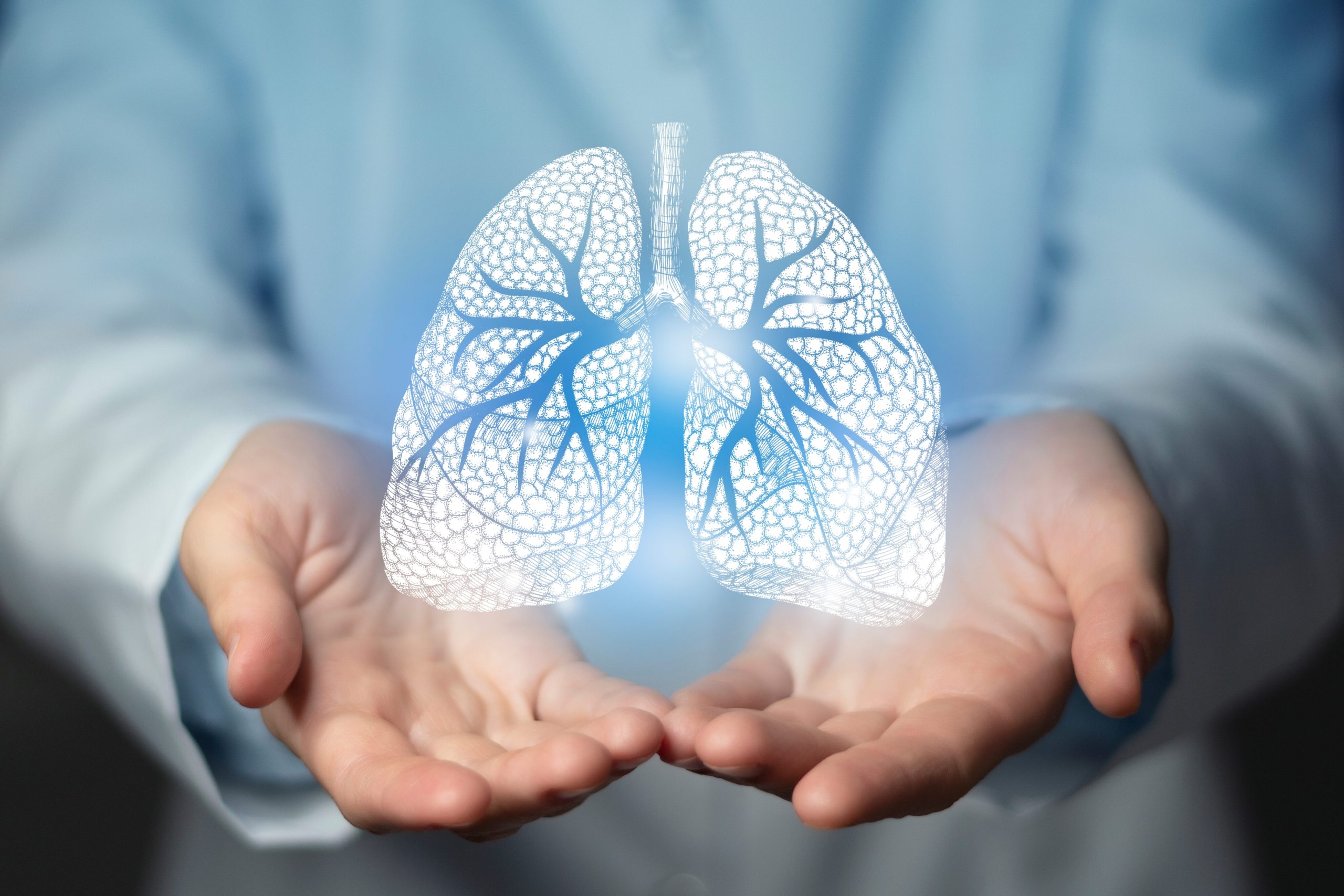Ironically, a new study suggests that powerful drugs to fight lung cancer may be safer to administer by inhalation than through surgery, injections or other invasive methods.
Researchers at Columbia University looked at a rat model and confirmed that a new inhaled lung cancer treatment can provide local immunotherapy to hard-to-treat tumors.
Recently, researchers have been exploring safe, non-invasive alternatives to current approaches to cancerous tumors that require injection of immunomodulatory agents directly into the tumor. However, when cancer is found in the lungs, it is usually difficult to reach and treat the drug by direct injection.
Researchers think it may be more effective to fight lung cancer by administering powerful cancer-fighting drugs through inhalation. This research recently natural nanotechnology Online on January 11, the researchers showed how nanobubbles containing potent drugs can be administered by inhalation, providing a safer route of delivery.
medscape report Researchers have demonstrated that nanobubbles can deliver potent immunotherapy directly to hard-to-treat lung cancer tumors through inhalation. Researchers believe that exosomes, also known as extracellular vesicles (EVs), may hold the key to the next step in lung cancer treatment.
“Exosomes act like text messages between cells, sending and receiving information,” said the lead researcher. Ke Cheng, a professor of biomedical engineering at Columbia University, has been researching stem cells and exosomes for over 15 years. “The importance of this study is that unlike systemic chemotherapy, which can have side effects throughout the body, exosomes can deliver localized mRNA-based therapy to lung cancer cells. And inhalation is completely non-invasive. It's invasive. You don't need a nurse to stick an IV needle into your skin.”
This study could help advance research by enabling the therapeutic use of exosomes, inhaled treatments for lung diseases, and the safe delivery of potent interleukin-12 (IL-12) immunotherapy. be.
Researchers have known for decades about IL-12's ability to fight cancer, but early human clinical trials resulted in severe side effects and several deaths. It came out. Researchers are currently trying new delivery methods that target tumor cells without affecting healthy tissue. The researchers' new approach involves inserting IL-12 mRNA into exosomes.
“One of the benefits of exosomes is that they are naturally secreted by the body or by cultured cells,” he said. “They are less toxic and have multiple ways of delivering messages to cells.”
The scientists borrowed an approach that gained public attention during the pandemic. It uses messenger RNA to direct cells to make proteins for tasks such as boosting immune responses.
In this study, researchers developed inhalable extracellular vesicles loaded with IL-12 mRNA to fight lung cancer and boost systemic immunity in tumor-bearing mice. IL-12 mRNA was loaded into human embryonic kidney cell-derived exosomes (HEK-Exo) by electroporation to generate IL-12 mRNA-loaded exosomes (IL-12-Exo).
When inhaled into lung tumor-bearing mice, IL-12-Exo outperformed IL-12 mRNA-loaded liposomes (IL-12-Lipo)n with minimal systemic toxicity. These inhaled IL-12-Exo are promoted.
Immune activation, systemic immunity, and immune memory are enhanced, ultimately leading to lung tumor suppression and enhanced resistance to tumor recurrence.
lung cancer and smoking
Human trials could begin within five years and could help end the scourge that lung cancer causes each year.
Lung cancer is Leading cause of overall cancer deaths and between both men and women. (The second leading cause of cancer deaths is the prostate in men and the breast in women.) In 2021, 134,592 people died from lung cancer, accounting for 22% of all cancer deaths. Masu. In the United States, smoking is associated with approximately 80% to 90% of lung cancer deaths.
However, even the Lung Cancer Association Note Cannabis smoke is not risk-free because it involves combustion, but it is not as carcinogenic as cigarette smoke.normal explains this very well: The two most popular active ingredients in cannabis, THC and CBD, are non-carcinogenic and exhibit anti-cancer properties. in vivo and in vitro. Nicotine, in stark contrast, promotes the development of cancer cells and their blood supply. In addition, cannabinoids stimulate other biological activities and reactions that may reduce the carcinogenic effects of smoke.
People who smoke cigarettes are 15 to 30 times more likely to develop or die from lung cancer than people who don't smoke. Smoking just a few cigarettes a day or even occasionally can increase your risk of lung cancer.
Even if you don't smoke anything or only smoke e-cigarettes, you may still be at risk, depending on how dangerous the area you live in is.
People can get lung cancer from radon, and it is usually impossible to control the undetectable radioactive gas caused by the natural decay of trace amounts of uranium in rocks and soil.of US Environmental Protection Agency (EPA) We estimate that radon is responsible for approximately 21,000 lung cancer deaths each year.





